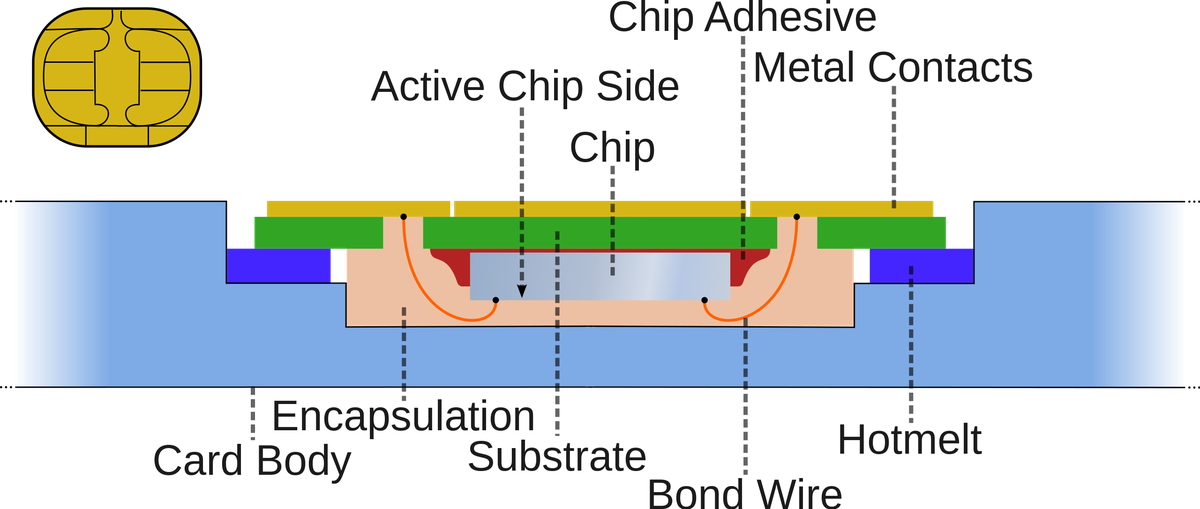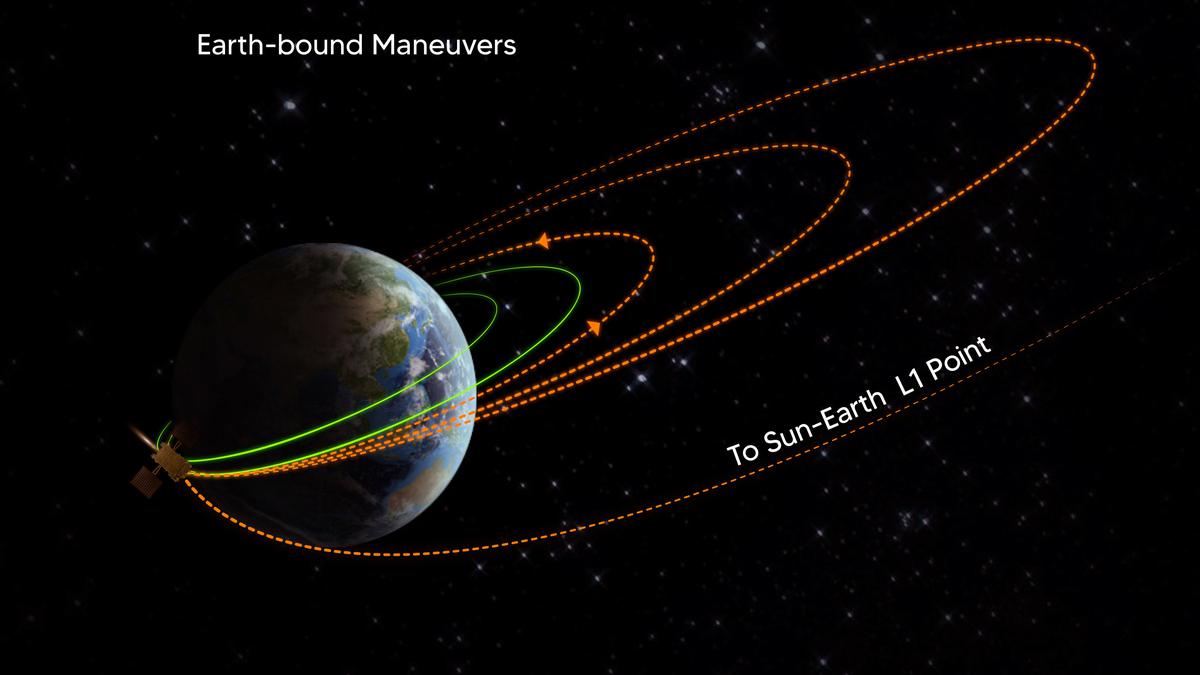The Milky Way.
| Photo Credit: Getty Images/iStockphoto
Like the earth’s oceans at their shores, the universe’s galaxies also experience tides, but on a much larger scale. Galactic tides are caused by gravitational forces within a galaxy, arising in the interactions between celestial objects like stars and gas clouds. These tidal forces influence various aspects of a galaxy’s evolution. They can reshape a galaxy structure by creating tidal tails and bridges, promoting star formation, and disrupting smaller star systems.
Over aeons, galactic tides also disrupt the orbits of stars, leading to long-term changes in galactic structure. Galactic tides also have a say in the ways in which proximate galaxies do and don’t interact.
In fact, researchers have observed the closest galaxy to the Milky Way, the colossal Andromeda, and found that tidal streams near its edges could be signatures of dwarf galaxies that were later devoured. The Andromeda galaxy is heading towards the Milky Way at 110 km/s and will collide in four billion years.
Galactic tides also affect the supermassive black holes at galaxy centres, leading to events that change the ways in which these cosmic beasts interact with nearby stars. In astronomy, understanding galactic tides is crucial if we are to truly understand the complex dynamics and evolution of galaxies over cosmological time.










